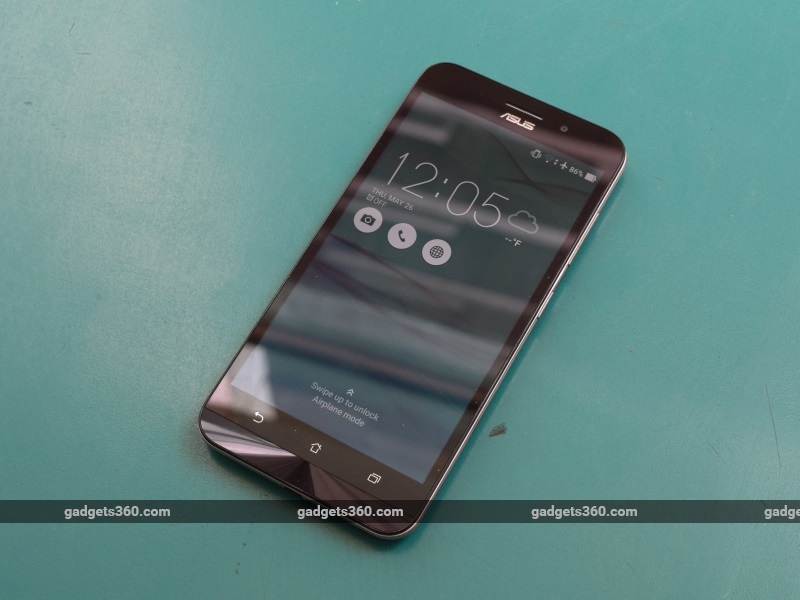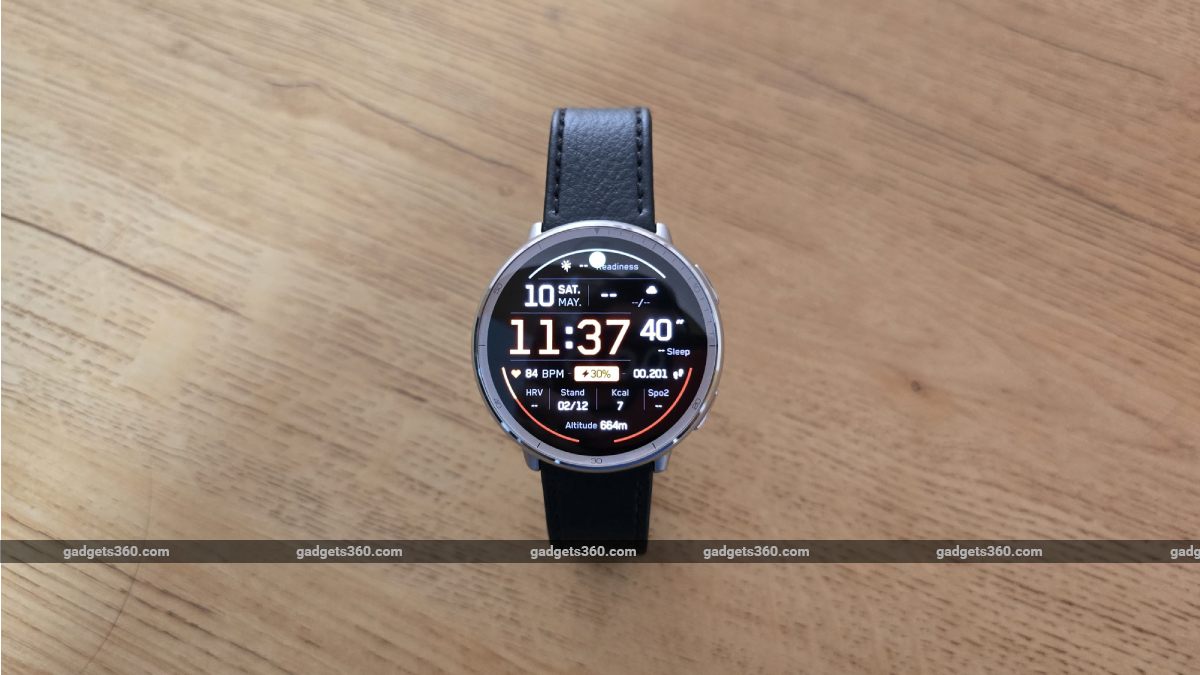Asus Zenfone Max (2016) review

Now the company has launched a new variant of this phone, Asus Zenfone Max (2016) at a price of Rs 9,999. Like the biggest feature (battery life) of its previous smartphone, this phone is also expected to have excellent battery life. Apart from this, other specifications of the phone have also been upgraded. Asus has also launched this new smartphone at the original price of the original ZenFone Max. So now it will be interesting to see whether Asus’s Zenfone series benefits from the new Zenfone Max. Today we will review the new Zenfone Max (2016) and know all the advantages and disadvantages of this phone.
Look and design
From the look, body, design and construction to the dimensions and weight of the Zenfone Max (2016) it is also the same as the previous Zenfone Max. It includes a detachable rear cover, gold trim along the edges and Asus’ trademark chin. The 2016 variant will also be available in two new color variants, Blue and Orange. If you buy the black or white color variant, you may not be able to differentiate between the new and old Zenfone Max.
Talking about design and layout, Zenfone Max (2016) has all the basic features. Power and volume buttons are on the right side. There is a micro-USB port at the bottom and a 3.5 mm audio socket at the top. The rear panel can be removed which reveals two SIM slots and an expandable storage slot. The battery is non-removable. Asus has not changed its well-known design in this phone which came in 2016.
The 5.5 inch IPA screen of 720×1280 pixel resolution given in the phone could have been improved. Despite the price of Rs 9,999 (3GB RAM variant costs Rs 12,999), Asus has not provided a good high-resolution screen in this phone. This is disappointing when compared to other phones like the Coolpad Note 3 Plus (Review) that have full-HD displays and 3GB RAM at a lower price point. Apart from this, Zenfone Max (2016) also does not have a fingerprint sensor. Its absence is also disappointing considering the tough competition in the market.
The screen is the same as before and due to the low resolution, the battery life is definitely better. If battery life is most important to you, then low resolution and low detail screens may not be a problem for you.
Specifications and Software
A big difference can be seen in terms of specifications between both the generations of Asus Zenfone Max phones. The new Asus Zenfone Max (2016) has a more powerful Qualcomm Snapdragon 615 processor. Although there are newer processors available now, the Snapdragon 615 is definitely an upgrade over the Snapdragon 410 in the older ZenFone Max. Apart from this, the second biggest difference is the increase in inbuilt storage from 16 GB to 32 GB. One variant of the new Zenfone Max (2016) has 2 GB RAM but you can buy 3 GB RAM variant for the price of Rs 12,999. It is worth noting that by paying Rs 3000 more, you get only 1 GB more RAM because apart from this there is no other difference between the two variants.
The new phone also has a 5000 mAh battery like the old Zenfone Max. However, the power adapter is better than before and it is 5.2 watts. But this is very little to charge a 5000 mAh battery. It takes 5 hours to fully charge the phone with this charger. If you buy the ZenFone Max (2016), you might want to buy a better charger.
Android Marshmallow is provided in the 2016 variant. Asus had released a list saying that the old Zenfone Max will get Android Marshmallow update. All the main features of Android M are present in this phone including ‘Do Not Disturb Mode’, ‘Doze Mode’, ‘Now on Tap’ and new design of app permissions.
However, the user interface is still Asus ZenUI. On first boot, about 50 apps need to be updated immediately. Apart from this, the app and service continuously keeps giving notifications for some things like setup of an account, activating battery saver mode. However, despite some problems, this interface also has some advantages.
camera
The older Zenfone Max had a camera with laser autofocus system similar to Asus Zenfone Laser. The company’s price was to provide excellent camera performance at the time of its launch. Now the 2016 variant has also been launched with the same camera. Zenfone Max (2016) has a 13 megapixel rear camera and 5 megapixel front camera. Dual-tone LED flash and laser autofocus is provided on the rear itself. Both cameras can record video at 1080 pixel-30 frame/second resolution.
The camera app in the new Zenfone is a little better than before. The settings menu has been improved compared to before but most of the apps remain the same. The phone has a lot of photography modes and due to the laser system, focus is very fast and accurate.
The camera performance in this phone, which has the camera and focus system given in both the previous Asus phones, is the same as before. Indoor and close-up shots are excellent. Outdoor shots are a bit washed out but can be said to be better. Videos and photos with the front camera are stunning, especially when recording at 1080p-30 frames/second.
performance
The biggest difference between the old Asus Zenfone Max and the 2016 variant is the performance of the phone. While the old device runs on the budget Snapdragon 410 processor, the new device has a more powerful upgraded Snapdragon 615 processor. Last year and early this year, Snapdragon 615 processor has proved to be a better performer in mid-range smartphones. However, at present, better and more powerful options are being offered in phones of this price and many users may not like an old processor.
The Asus ZenFone Max (2016) performed as well as expected in benchmarking tests. Most of the tasks including playing games can be done easily on the phone. The figures of the new phone were better than the old Asus Zenfone Max.
The phone provides good call quality. Apart from this, the phone works great on Wi-Fi and mobile networks even with 4G connectivity. The single speaker in the phone is a bit weak but the sound quality when using headphones is decent.
Talking about battery life, Asus Zenfone Max (2016) lives up to our expectations. The phone’s battery life lasted 18 hours, 4 minutes in our video loop test, compared to 25 hours of battery life on the original ZenFone Max. This is probably due to the Snapdragon 615 being more energy efficient than the Snapdragon 410. But, the battery of the phone is still very good and with normal usage the phone lasts for two days on a single charge.
our decision
With Asus ZenFone Max (2016), the company is definitely trying to garner more customers with its best-selling product. The performance of the new phone is better than before while the battery life and camera work as great as before. Although the battery life is slightly less than the original phone, it is still good enough to attract customers.
But, Asus has not improved many other important features. Fingerprint sensor is not provided in the phone, with this feature this phone could have given tough competition to many other phones coming in this price range. 3 GB RAM could have been given at the price of Rs 9,999 but paying Rs 3,000 more and not having any other difference except 1 GB RAM is disappointing. ZenUI is worse than better. It could have been further improved by providing a full-HD display in the phone.
Despite all this, the Asus Zenfone Max (2016) is a great phone under Rs 10,000 if battery life is important to you. Despite the lack of other improvements and features, the performance of the phone is good. So if you are looking for a phone priced below Rs 10,000, then you cannot ignore Asus’s new Zenfone Max.

